What is a graphics card: All about this important PC component
If you've every asked 'what is a graphics card?', we've got you covered
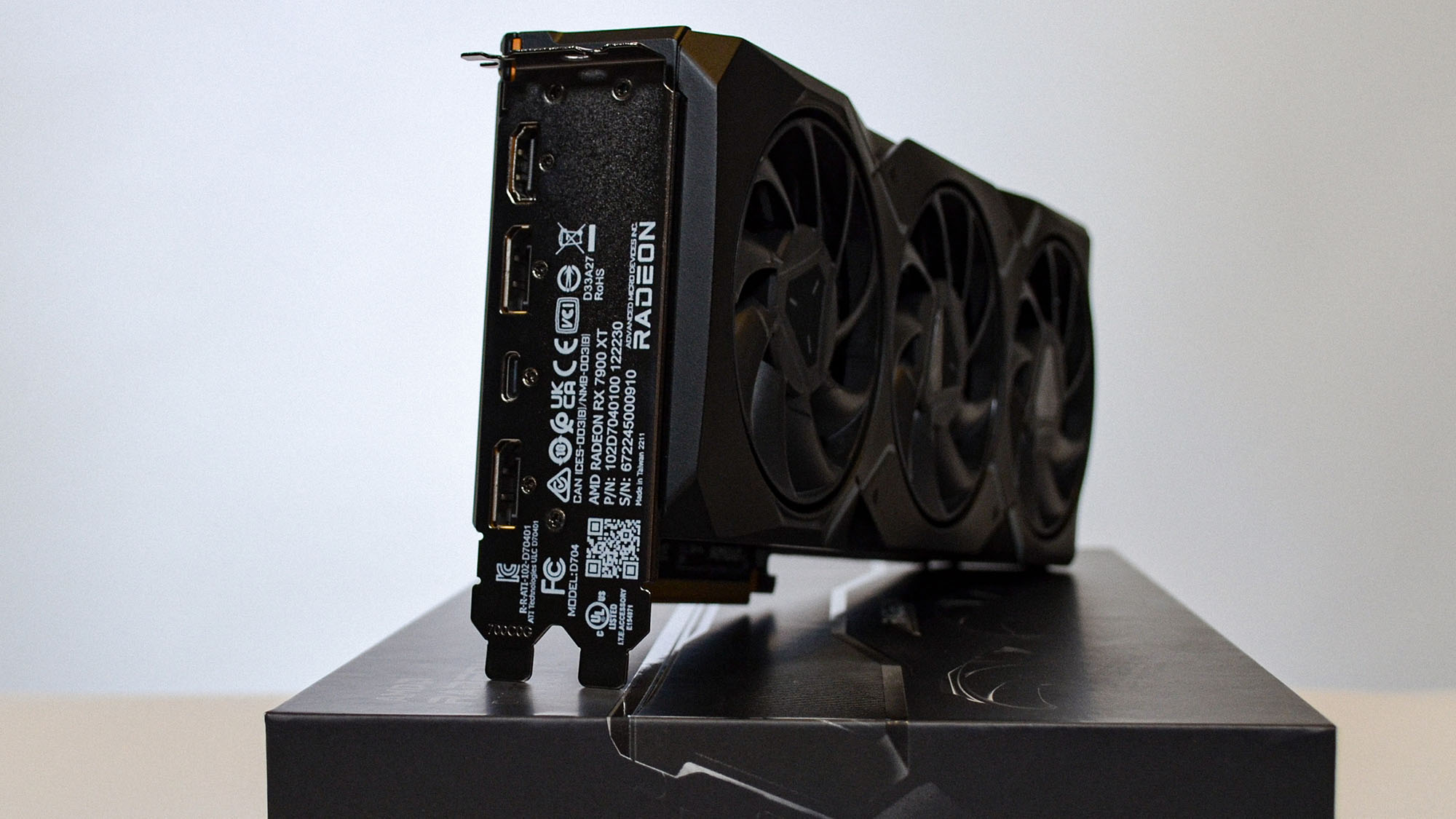
If you've ever wondered, "what is a graphics card?", you're not alone. As a highly specialized computer component, it's not something that most people need to think about.
But, if you're shopping for the best gaming PC — or even just a decent budget gaming PC — you are bound to come across it, since it is one of the most important components for gaming in your PC, more so than even your processor or storage drive.
You can think of the graphics card as an artist who brings your favorite movies, games, and even the visual elements of websites to life. It takes the digital information from the computer's memory and transforms it into vibrant and realistic pictures that you see on your screen.
Whether it's the realistic explosions in a game, the breathtaking landscapes in a movie, or the smooth scrolling of a webpage, the graphics card is behind it all, and getting the best graphics card you can afford will make all the difference in the quality of your games, movies, and more.
There are few components more important than the graphics card in the modern PC, and we're here to break down the what, the how, and the why of this essential piece of computer hardware.
What is a graphics card: Your GPU explained
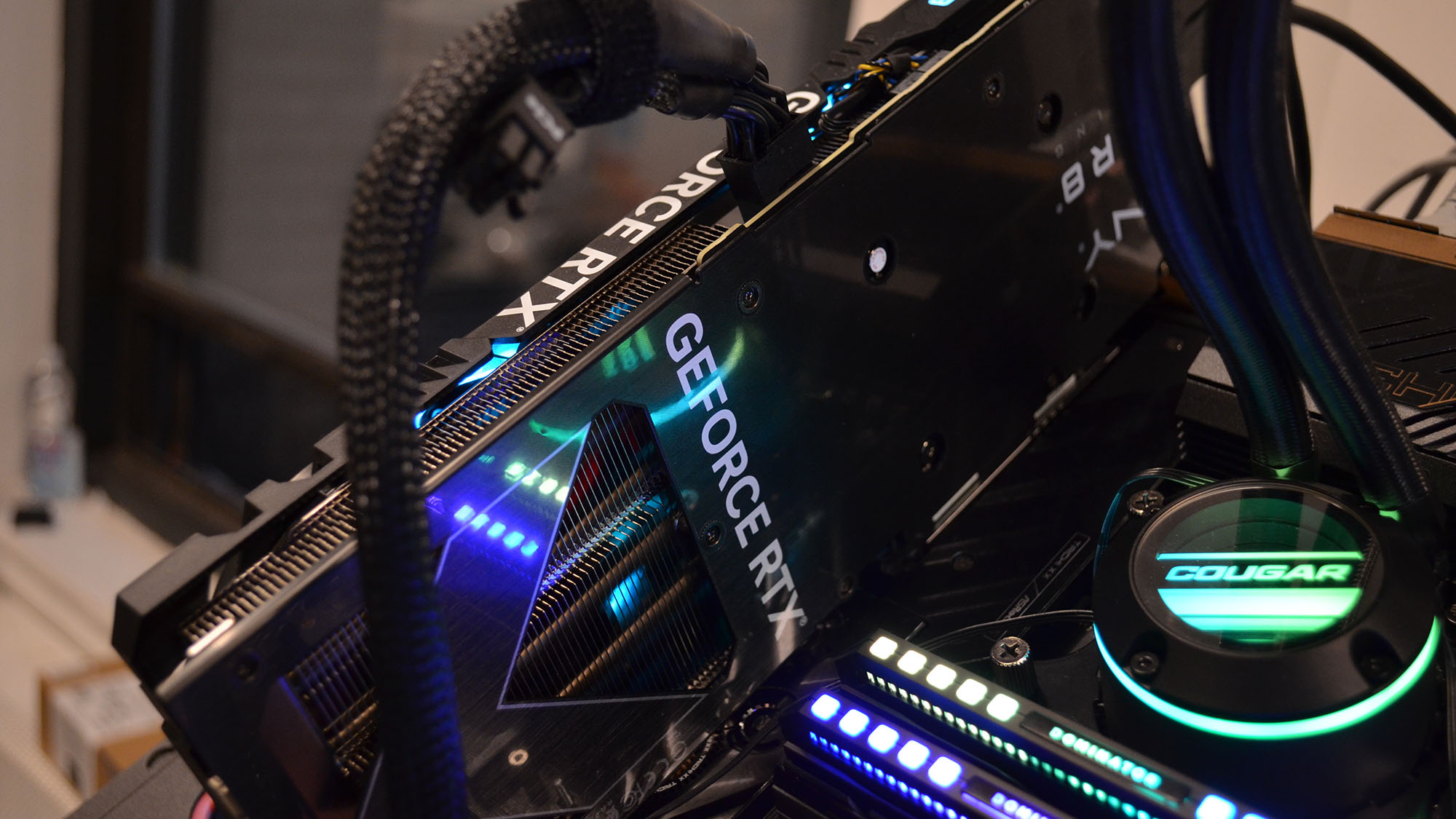
What is a graphics card?
Specifically, a graphics card is a collection of components that work together to render visuals on a display, such as a gaming monitor or some of the best VR headsets around.
As such, graphics cards are crucial for tasks that require a significant amount of graphical processing power, such as gaming, video editing, 3D modeling, and scientific simulations. They are designed to offload the graphical processing workload from the computer's central processing unit (CPU) and perform calculations specifically tailored for graphics-related tasks.
They are composed primarily of two core parts: a GPU, and a VRAM pool. The GPU is the specialized processor whose only task is crunching the complex numbers involved in rendering realistic graphics in real-time; things like shadows on a wall, or the glow of a spaceship engine.
In order to do this, it stores the data it needs in a pool of Video random-access memory (VRAM), which is separate from your main RAM memory, which is used by the computer as a whole.
Finally, the graphics card is slotted into the motherboard of your PC through a PCIe connector, which allows the CPU and graphics card to coordinate their respective activities to generate the image you see on a screen.
What does a graphics card do?
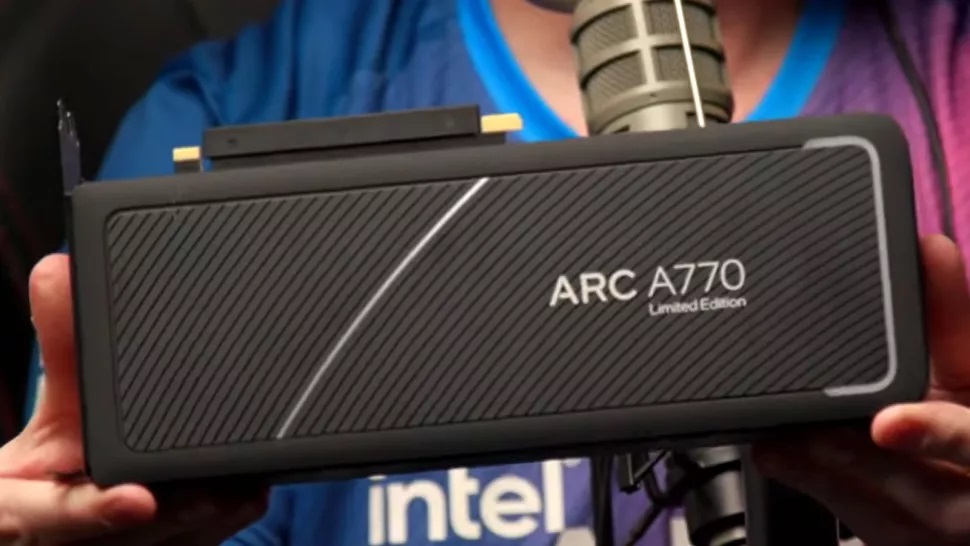
What does a graphics card do?
The graphics card has one essential job in your computer: to provide a more efficient way to render complex visuals that would otherwise bog down a CPU.
In order to do this, it has its own dedicated memory to hold visual information like texture files, as well as specialized hardware like shader cores, that produce an image, pixel-by-pixel, dozens and possible hundreds of times a second.
It does this by producing a frame, based on information provided by the CPU, which tells the GPU inside the graphics card what to draw. The graphics card will then leverage its hardware to do so as quickly as possible to produce a visual frame that it will then send through its video output port to a display. The more frames a graphics card can produce a second, the more fluid the visuals will look on the display.
How does a graphics card work?
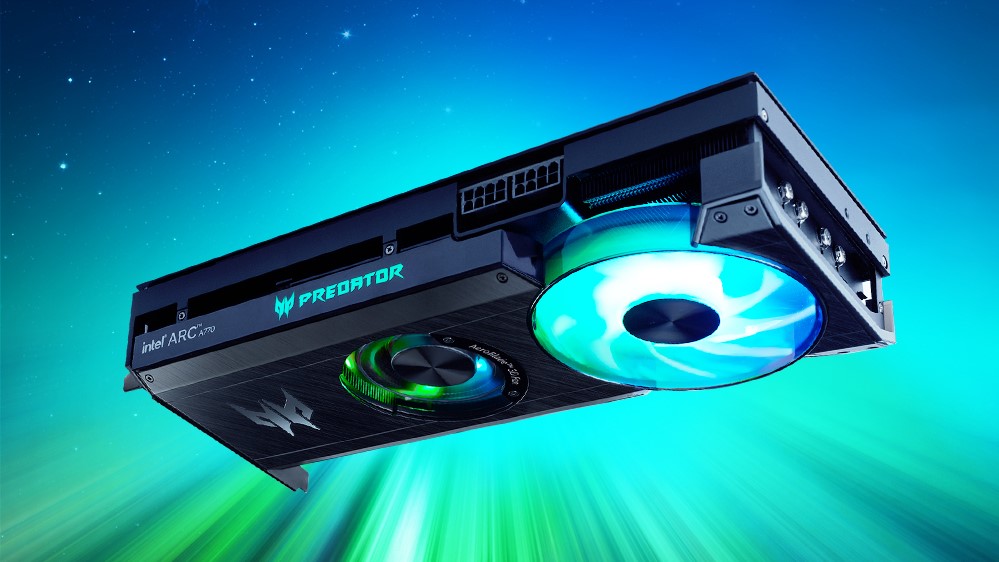
How does a graphics card work?
A graphics card works by carrying out the specialized workloads required for generating rendered images for display. This includes videos, 3D graphics, and even your operating system’s desktop, all of which gets processed inside the graphics card and then sent to your computer’s display.
The way it actually does this is it starts with data processing. Whenever you interact with your PC, software generates data that needs to be displayed visually, like a spreadsheet update or a character moving in a video game. This data can include instructions for drawing shapes, colors, textures, and other graphical elements, which the CPU collects and sends to the graphics card for processing.
After the graphics card receives this data, it begins processing it. The first major step is geometry processing, where the geometric shapes, their positions, and other attributes sent by the CPU are processed in a virtual 3D space. There, the GPU inside the graphics card crunches the data sent to it to determine positions, shapes, and orientations of these objects. The way artificial light sources interact with these objects is also processed here.
After geometry processing, the graphics card heads to its rendering phase. Using advanced rendering techniques like shading, texturing, and lighting, the GPU calculates how each pixel on the screen should look based on calculated geometry.
Then, the GPU moves on to texturing the objects in the scene, where it applies surface details like colors, patterns, and preproduced textures to them. Preproduced texture files are stored in the graphics card’s VRAM, and the GPU uses these files to quickly add the necessary detail to an object to add realism and depth.
Once rendering and texturing calculations are complete, the GPU moves on to a process known as rasterization. This process involves converting a 3D scene into a 2D image by determining which pixels should be displayed on the screen and their corresponding color value. It accounts for depth, perspective, and object positioning to ensure that foreground objects appear correctly and obscure background objects. The end result is a 2D frame that can be output to a display.
The final step sends the generated frame to the connected display. The graphics card produces a video signal with the color and intensity values for each pixel and sends it over a video cable to a connected display. The display then uses this information to illuminate its pixels accordingly, resulting in the final visual representation on the screen.
Do I really need a graphics card?
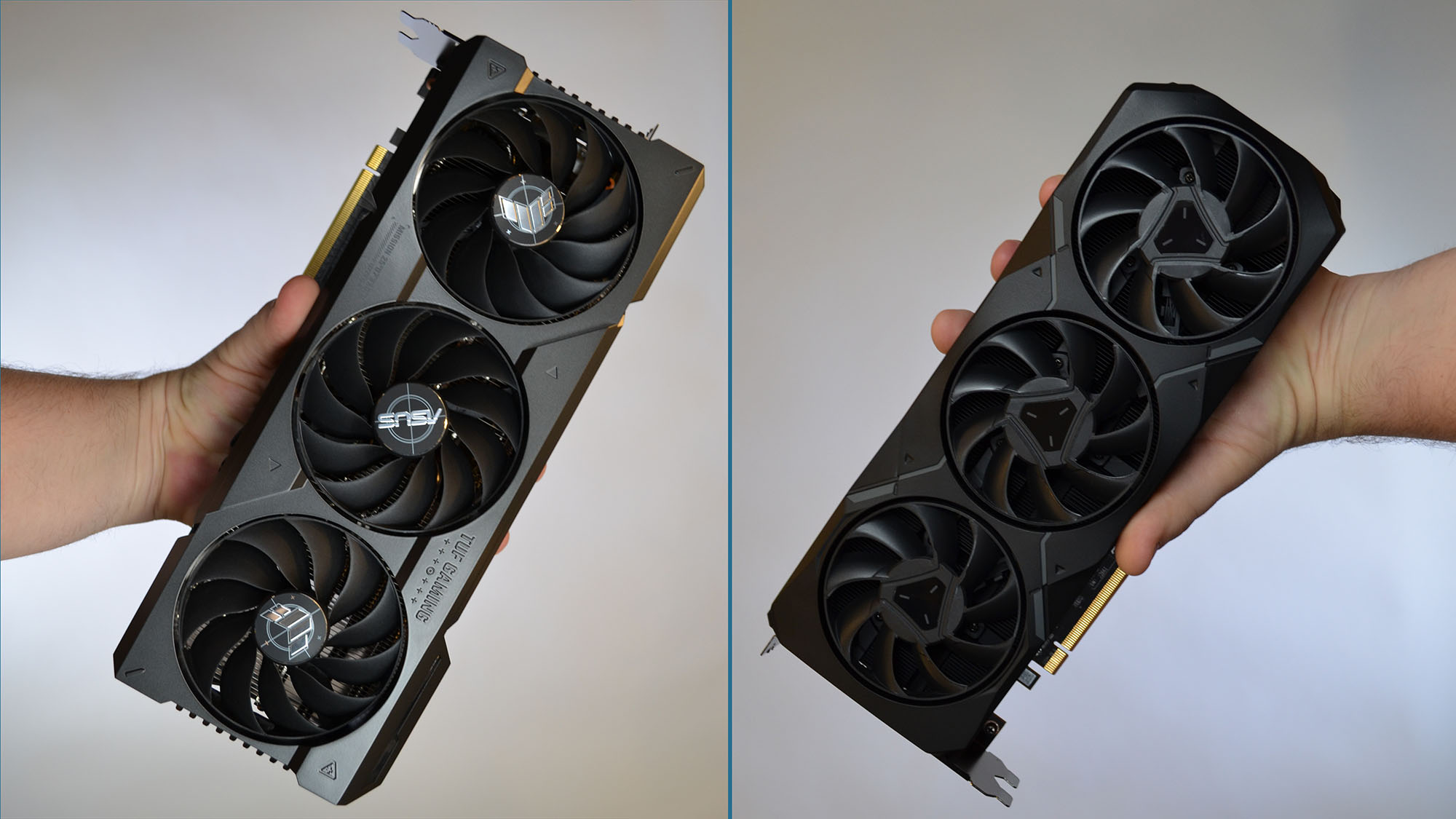
Do I really need a graphics card?
Depending on your what you plan to use your computer for, you may or may not need a dedicated graphics card.
If you primarily use your computer for everyday tasks like web browsing, email, word processing, and streaming videos, you probably don't need a dedicated graphics card, since most processors now come with some integrated graphics capabilities. These are generally more than enough for handling basic graphical tasks like running a web page or even playing a movie.
If you're a PC gamer or you ever plan on playing PC games at some point, a graphics card is highly recommended, if not outright required. Modern games require a lot of processing power to render realistic and immersive visuals in real-time, and relying on an integrated graphics solution is going to render a game at a frame rate (that is, the number of frames a graphics card sends to your display every second) that is too low to be playable.
If you're into creative work like video editing, 3D modeling, animation, or any other form of visual content creation, a graphics card is an essential tool. These tasks involve manipulating and rendering complex visual elements, which can be extremely taxing on the CPU alone. A graphics card can accelerate these processes, resulting in faster rendering times and smoother workflow.
Finally, if you plan to use multiple monitors simultaneously, a graphics card with multiple video outputs is pretty much required. Few integrated graphics solutions support multiple displays, and might offer limited functionality if they do. A dedicated graphics card can handle multiple monitors efficiently, allowing you to expand your workspace and increase productivity. If this is all you need a graphics card for, you're in luck, since even the best cheap graphics card is more than capable of handling this situation.
Which graphics card is right for my needs?
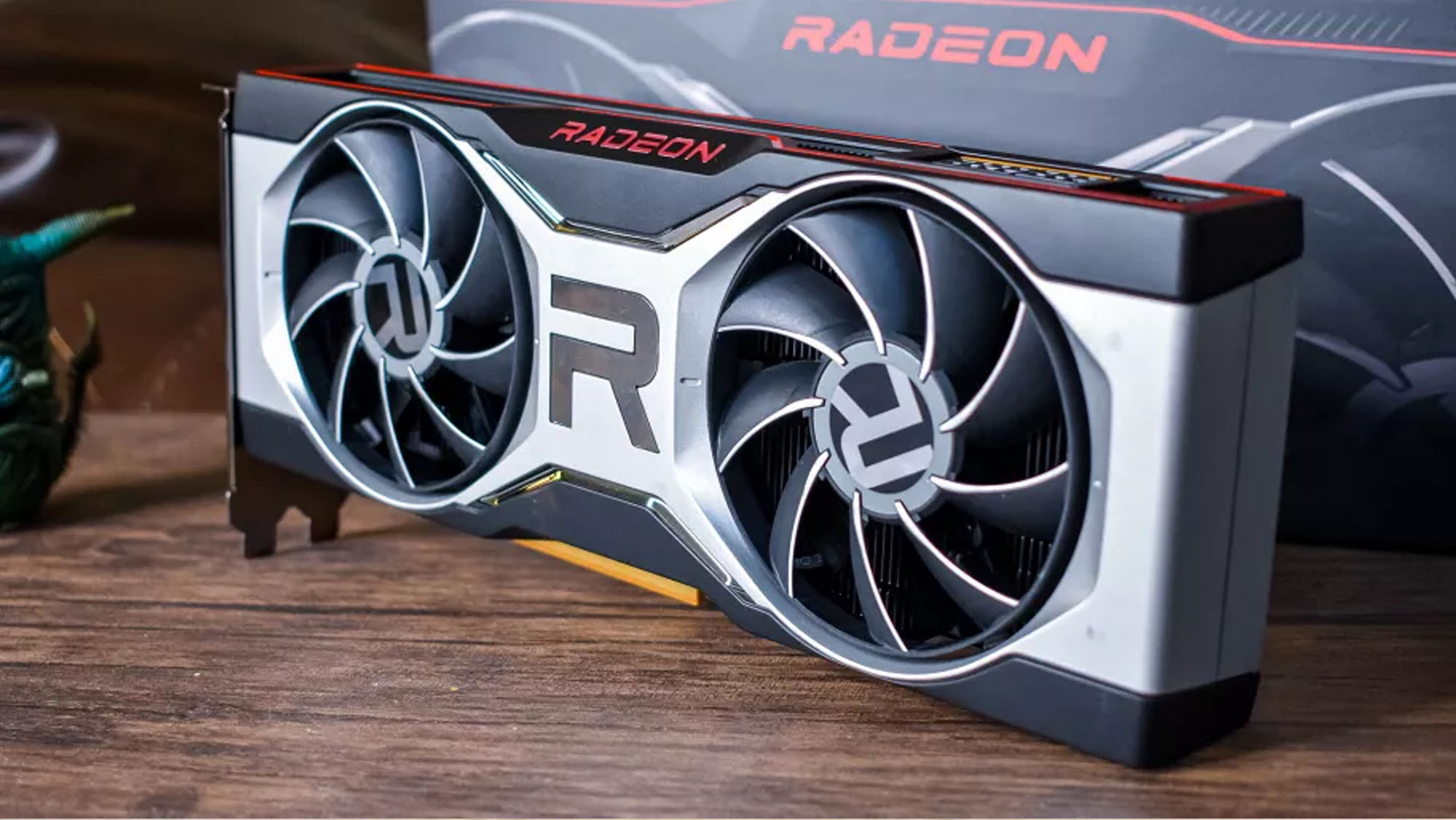
Which graphics card is right for my needs?
The right graphics card for your needs depends on several factors, including your specific requirements, budget, and the intended use of your computer. Here are some guidelines to help you make an informed decision:
Assess any requirements: Consider the tasks you'll be performing and the level of graphical performance you need. For gaming, research the recommended system requirements for the games you want to play. Content creators should check the recommended hardware for the software they use, specifically its GPU recommendations.
Determine your budget: Graphics cards vary widely in terms of price, so it's important to establish a budget. Higher-end graphics cards tend to offer more power and advanced features but come with a higher price tag. Determine how much you're willing to spend to find a balance between performance and affordability.
Research different models: Once you have an idea of your requirements and budget, research different graphics card models from reputable manufacturers. We review graphics cards regularly, and our best 1080p graphics card and best 1440p graphics card pages are a good place to start for more mainstream offerings.
Plan for the long term: If you’re worried that your graphics card might become obsolete too soon, consider shopping for a model that provides more performance and a larger pool of VRAM than your immediate needs.
Check system compatibility: Make sure that your computer system is able to support a specific graphics card, especially your power supply unit (PSU). All graphics cards have a power requirement, measured in watts, and manufacturers will tell you what the recommended PSU wattage is for a given card. You also need to make sure that there is space in both your motherboard’s expansion (PCIe) slots as well as inside the physical case itself.
Consider reputable brands: Pay attention to reputable brands known for producing reliable graphics cards, such as MSI, Asus, Gigabyte, and Zotac, among others. AMD, Nvidia, and Intel also make their own graphics cards, in addition to partnering with other manufacturers to produce branded graphics cards.
If you're still unsure or overwhelmed, consider seeking advice from knowledgeable individuals, such as computer enthusiasts, experts, or forums dedicated to hardware discussions. They can provide insights based on their experiences and help you make an informed decision.
Remember, the "right" graphics card for you ultimately depends on your specific needs and budget.
Get daily insight, inspiration and deals in your inbox
Sign up for breaking news, reviews, opinion, top tech deals, and more.

John (He/Him) is the Components Editor here at TechRadar and he is also a programmer, gamer, activist, and Brooklyn College alum currently living in Brooklyn, NY.
Named by the CTA as a CES 2020 Media Trailblazer for his science and technology reporting, John specializes in all areas of computer science, including industry news, hardware reviews, PC gaming, as well as general science writing and the social impact of the tech industry.
You can find him online on Bluesky @johnloeffler.bsky.social